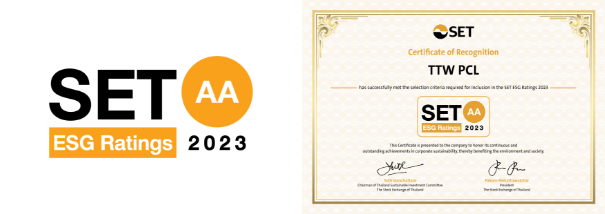Sustainability Report 2022
PDF 40.46 MB
Financial Statements Year 2023
PDF 459.26 KB
MD&A Year 2023
PDF 105.96 KB
Factsheet YE2023
PDF 1.93 MB
Form 56-1 One Report 2023 (Annual Report)
PDF 315.79 MB
Company Snapshot YE/2023
PDF 400.4 KB
We take pride in being the listed company in the Stock Exchange of Thailand
Every step of our business operations…are based upon mutual consciousness, with an awareness of responsibility for the society, community and environment for sustainable growth.
Read moreFully-Integrated Water Management Business
Acquires the right to produce tap water and manage wastewater treatment
in Bang Pa-In Industrial Estate, Phranakorn Sri Ayutthaya,
manage production system, distribute water supply and treat wastewater for Amata Nakorn Industrial Estate, Chonburi and Amata City Industrial Estate, Rayong.
Water Supply Management Business
The Company produces and distributes tap water to the Provincial Waterworks Authority in Samutsakorn-Nakhonpathom and Pathumthani-Rangsit areas.



